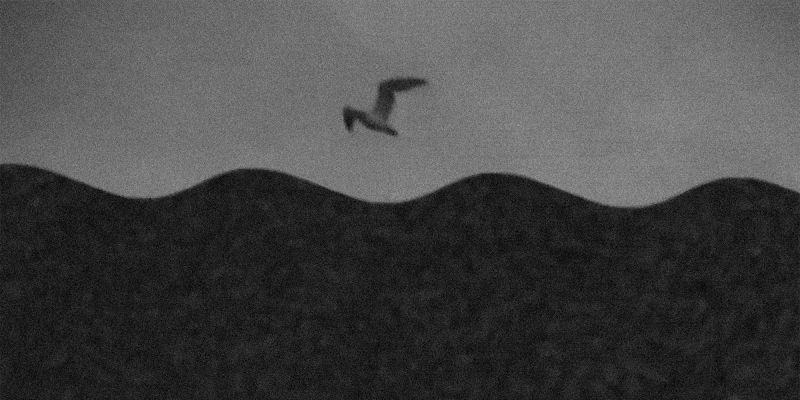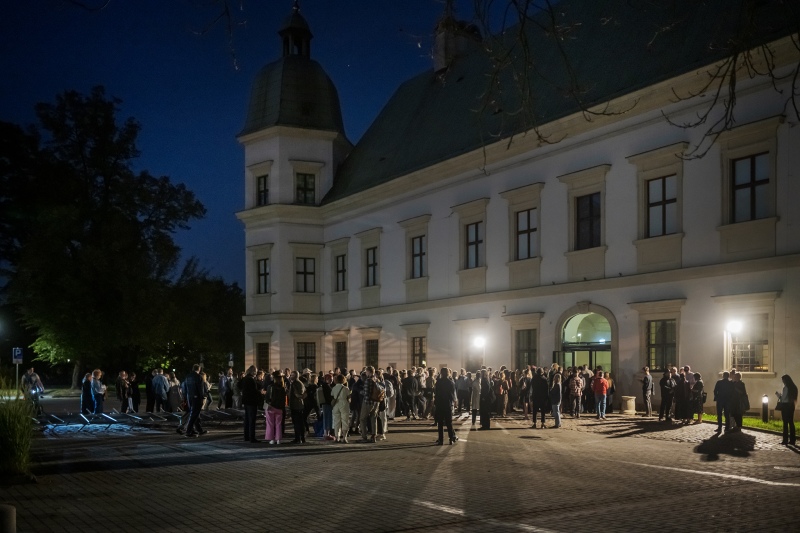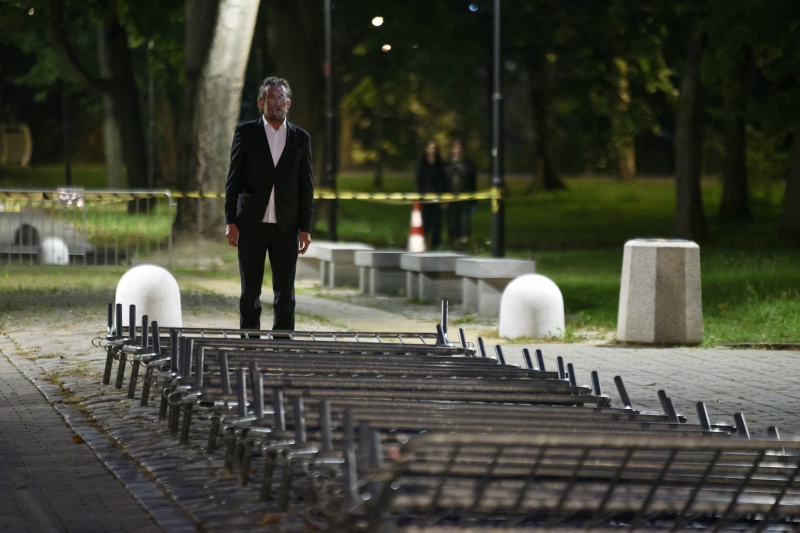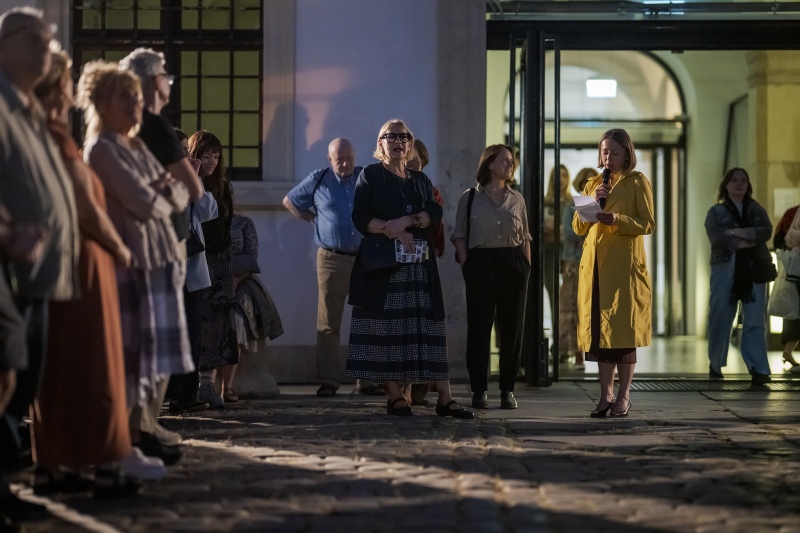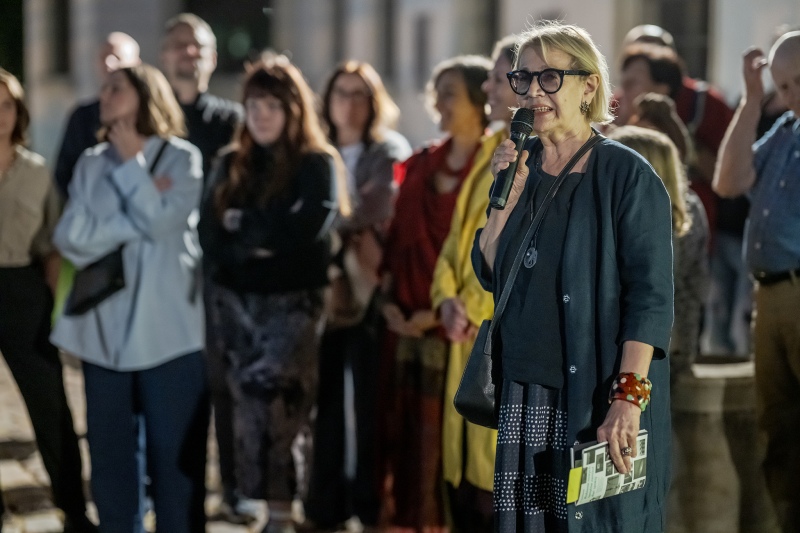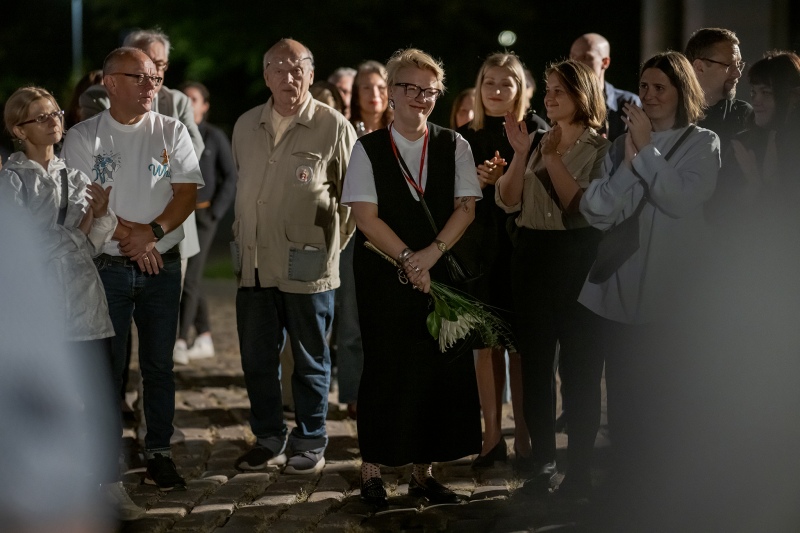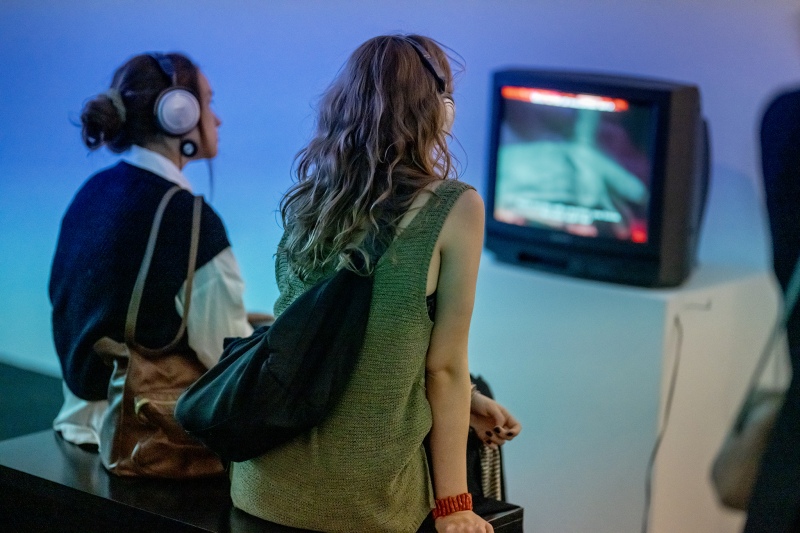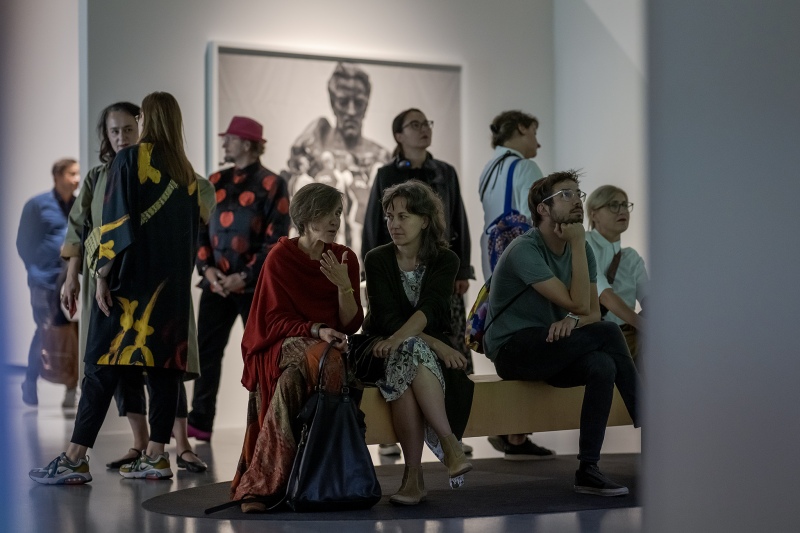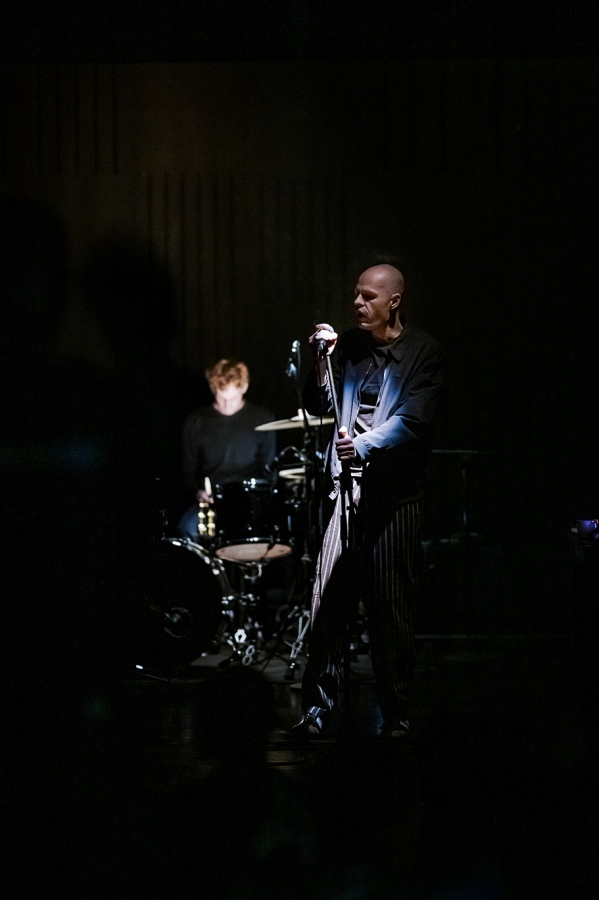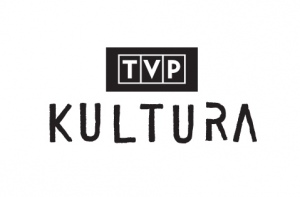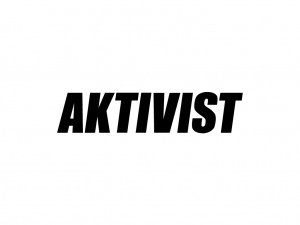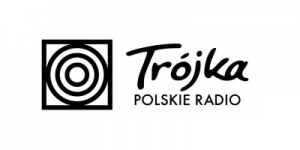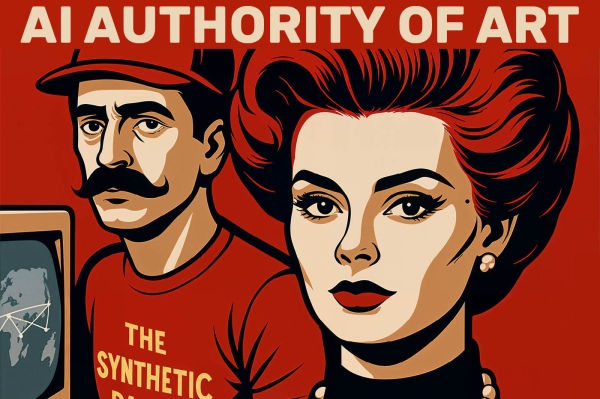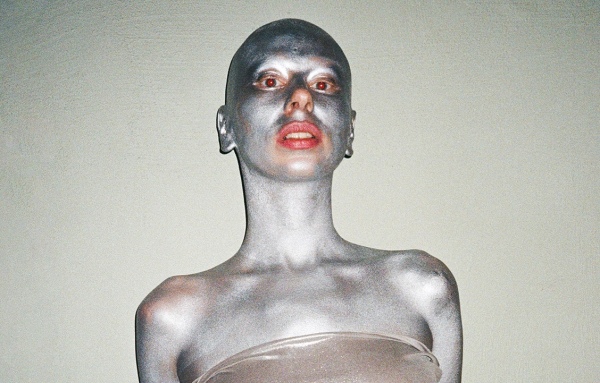Making New Worlds Instead of Forgetting About It
The title of the exhibition is borrowed from a featured work by Wojciech Bąkowski, a highly subjective and unique piece of art. The metaphor in this poetic phrase, along with a certain literalness, aptly captures the possibilities of art, especially video art. Additionally, these words resonate interestingly with the current moment at the Ujazdowski Castle Centre for Contemporary Art, which is gathering strength and energy for a new opening.
The International Collection of Contemporary Art, the foundations for which were laid in the early 1990s under the leadership of Director Wojciech Krukowski, largely stems from the institution’s programme of temporary exhibitions. It serves as a kind of archive of the Centre’s ongoing activities over the past thirty years. This is a key factor that defines the unique interdisciplinary nature of the collections gathered at Ujazdowski Castle.
In the exhibition Making New Worlds Instead of Forgetting About It, we present over 30 works from 1973 to 2018, constituting the core of our video art collection. The vast majority of these are videos, but there are also computer-generated works and traditional reel films.
Video art, or more broadly, media art, was introduced to the programme of the Ujazdowski Castle Centre for Contemporary Art in the early 1990s. Piotr Krajewski, one of the organisers of the WRO Media Art Biennale, emphasises the Centre’s pioneering role in showcasing this type of work in Poland.
A 1992 promotional brochure for the Ujazdowski Castle Centre for Contemporary Art talks about the Film/Video Centre’s permanent programme, led by curator Ryszard W. Kluszczyński, which “presents classic works of avant-garde film and explorations of contemporary video art artists in cyclical programmes.”
In a 1996 brochure, Kluszczyński’s programme has been renamed the Media Art Laboratory, and is described as consisting of “exhibitions of the most interesting works of interactive art and video installation; presentations of the achievements of the most outstanding creators of media art; lectures and meetings with media artists; festivals and reviews of video and computer art.” Starting with the exhibition Collection 3 in 1996, the next three editions of the collection exhibition always featured video works, which constituted an important part of the narrative about contemporary art.
Media art underwent dynamic transformations in connection with the spread of new technologies. Digital pixels were now workable alongside electronic signals, and digital image manipulation could be used instead of analogue editing. Video quickly became a medium eagerly used by artists of various disciplines, not only those involved in filmmaking, as it gave them greater opportunities to comment on the themes they were dealing with. The new technical possibilities enjoyed by artists working with new media were also reflected in works that systematically enriched the collection of the Ujazdowski Castle Centre for Contemporary Art.
Video art from the Ujazdowski Castle’s collection has never before been presented in a standalone exhibition, but now we have decided to take on that challenge. This is a good opportunity to look at how works created over several decades using video technology are received today in a world where screens are filled with TikTok or YouTube clips, on phones or computer screens. The fact that video is practically everywhere and that we use it freely in our surroundings undoubtedly influences the way we experience art works in this medium when displayed in a gallery. It also highlights the democratic ethos of video art, which is a form of art that can be made at a relatively low cost and is highly accessible.
All of the works selected for this exhibition have been presented at the Ujazdowski Castle Centre for Contemporary Art before. Many of them were produced in-house as part of programming projects over the years. However, this is the first time they are presented together in such a diverse and comprehensive selection. The variety of themes explored by the artists, as well as the different approaches to similar ideas, makes the exhibition dynamic and strongly imbued with various meanings. The juxtaposition of films shown on monitors, large-scale projections, installations and objects creates new contexts in the spaces of the gallery. Various affinities can be seen, some more obvious than others. The works either harmonise with each other or create tensions, but they always inspire us to search for multiple meanings in their immediate surroundings.
The exhibition heavily features works of a narrative-analytical and critical nature, addressing themes such as corporeality and its representation in media, existential reflection with a metaphysical tinge, the passage of time and memory, both individual and collective history, as well as identity and social issues. The pieces demonstrate the wide range of possibilities offered by the video medium, from documenting performances, through art films, collages, video objects, video installations to multi-channel projections, as well as short- and full-length films resembling documentaries or reports.
In addition to the works installed in the gallery spaces, films from the collection are also shown in special screenings in our cinema.
The exhibition and the cinema screenings feature works by Wojciech Bąkowski, Piotr Bosacki, Karolina Breguła, Hubert Czerepok, Oskar Dawicki, Izabella Gustowska, Heidrun Holzfeind, Zuzanna Janin, Christian Jankowski, C.T. Jasper and Joanna Malinowska, Marcus Kaiser, Andree Korpys, and Markus Löffler, Anna Konik, Dominik Lejman, Norman Leto, Zbigniew Libera, Anna Molska, Dominika Olszowy, Franciszek Orłowski, Tony Oursler, Agnieszka Polska, Karol Radziszewski, Joanna Rajkowska, Józef Robakowski, Konrad Smoleński, Piotr Wyrzykowski, Marek Zygmunt, Alicja Żebrowska, and Artur Żmijewski.
- Curator
- Ewa Gorządek
Photo: Daniel Czarnocki
